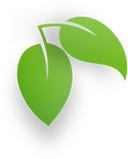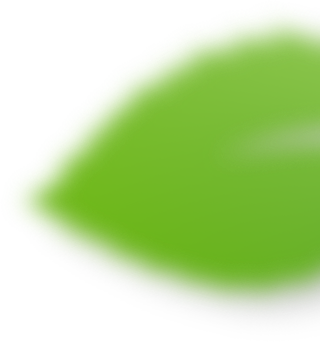ResearchBegins
First,ImeetwiththeKarenintheirvillages.Iwanttomakealistofwhichplantsareusedtotreatsickelephants.Iwouldliketoknowhowtheplantsareused.Whatdidthey cure?
Tomakemyplantlist,Ihavetoaskalotofquestions.TheKarenandIdonotspeakthesamelanguage.So,aninterpreterhelpsme.Itishardwork,butIlearna lot.
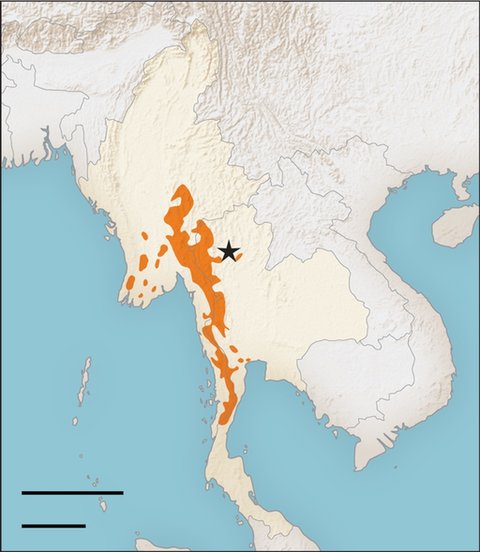
Myanmar
Thailand
300 miles
300 kilometers
ThaiElephant
Conservation Center
Karen people
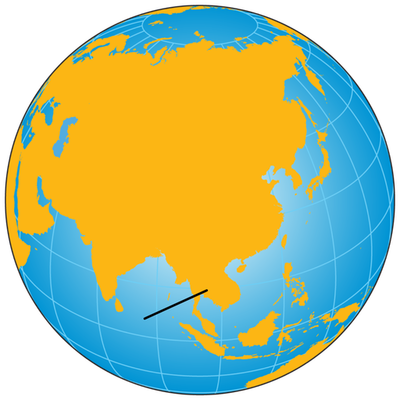
Asia
Thailand


Iuseaspecialpresstopreserveplant samples.
Next,wegointotheforest.Wecollectsamplesofkeyplants.Idrytheminaplantpress.Ilabeleachone.Theyarekeptinalibraryforplantsamples.It'scalledanherbarium.
AnalyzingData
TheKarenandIworktogetherformonths.Wefind34plantsusedinelephantmedicine.Themostcommontreatmentisusedtokeepelephantshealthy.Themahoutsmixtheplantswithriceandfruitstomakeatasty pellet.
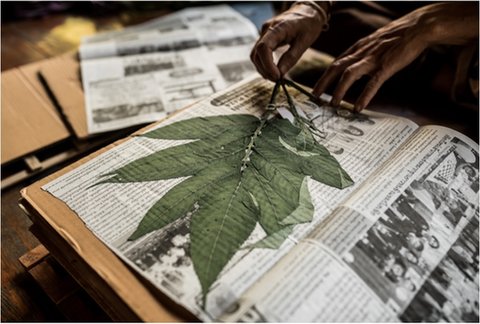
Thisplantisusedtotreatbrokenbonesinhumansand elephants.
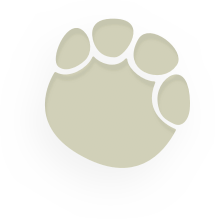





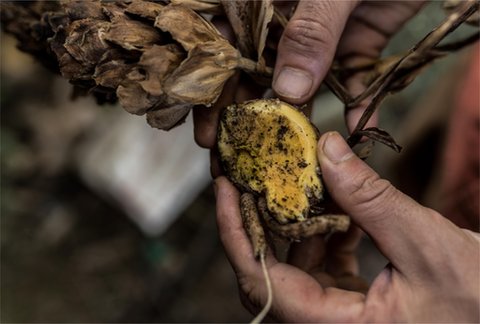
Thestemandflowerofthisplantarefedtoelephantstotreat indigestion.
Otherplantsareusedtotreatwounds,eyeproblems,orbrokenbones.Someplantsaregroundup.Othersareboiledinwaterforelephantsto drink.
RecordingData
Numberofplantsusedformedicaltreatmentsof elephants:
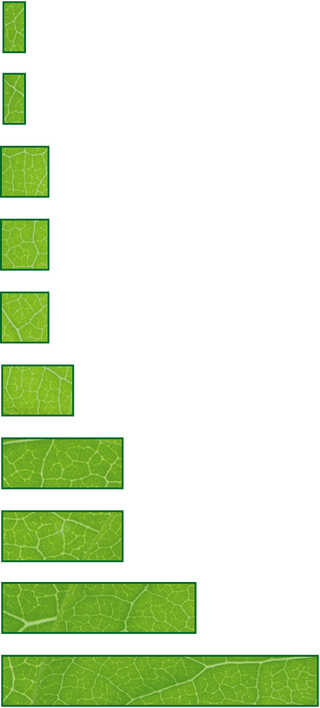
1
Skin
1
Fatigue
2
Snakebites
2
Milk production
2
Broken bones
3
Indigestion
5
Eye problems
5
Internal injuries
8
Wounds
13
Health tonic
Theseplantpartsarethemostusedforelephant medicine:
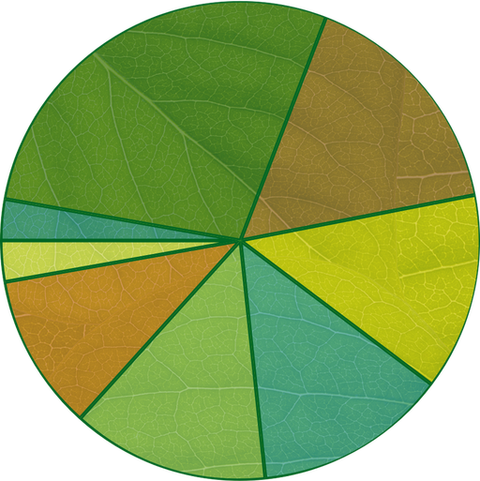
Bark32%
Stems18%
Roots15%
Whole plants 15%
Fruits15%
Leaves12%
Flowers3%
Seeds3%
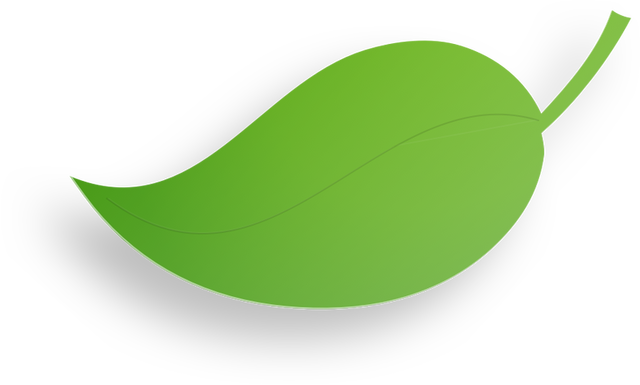
HerearesomeofthedataI collected.
